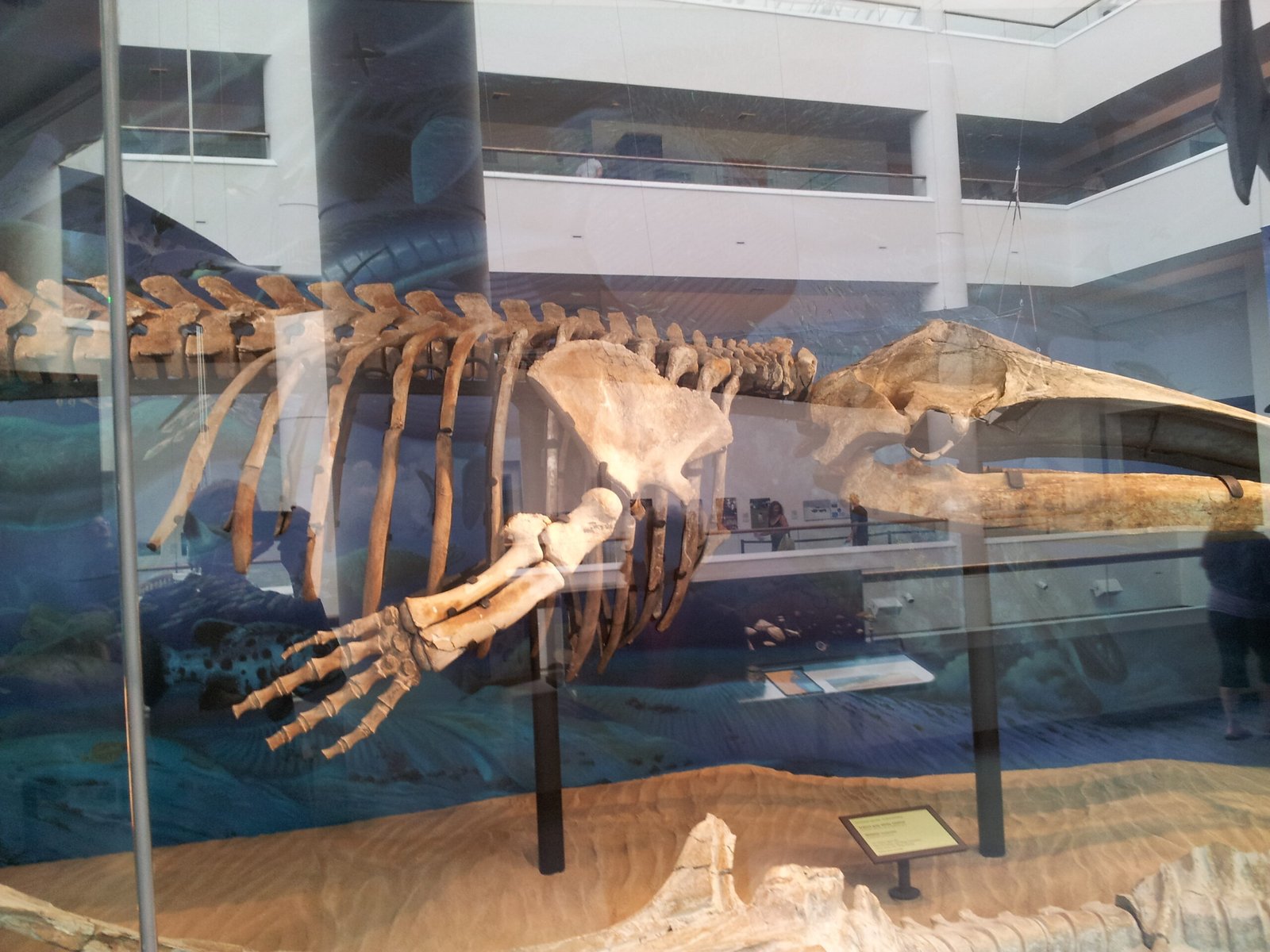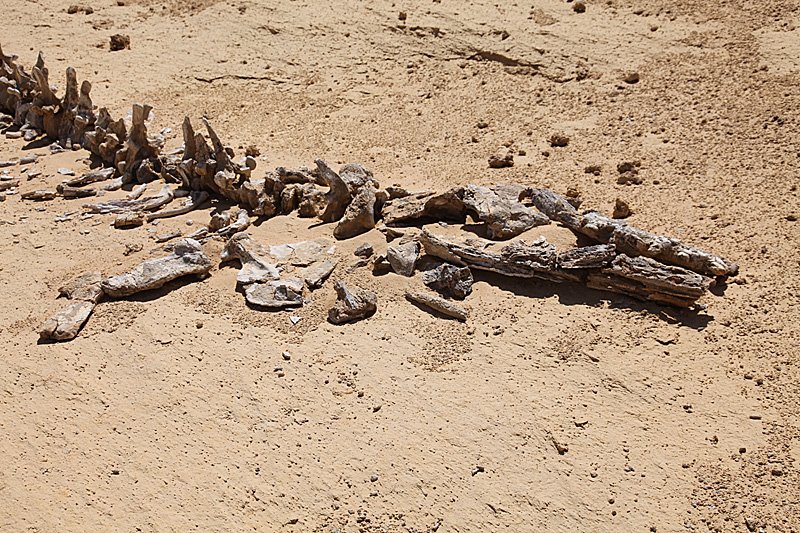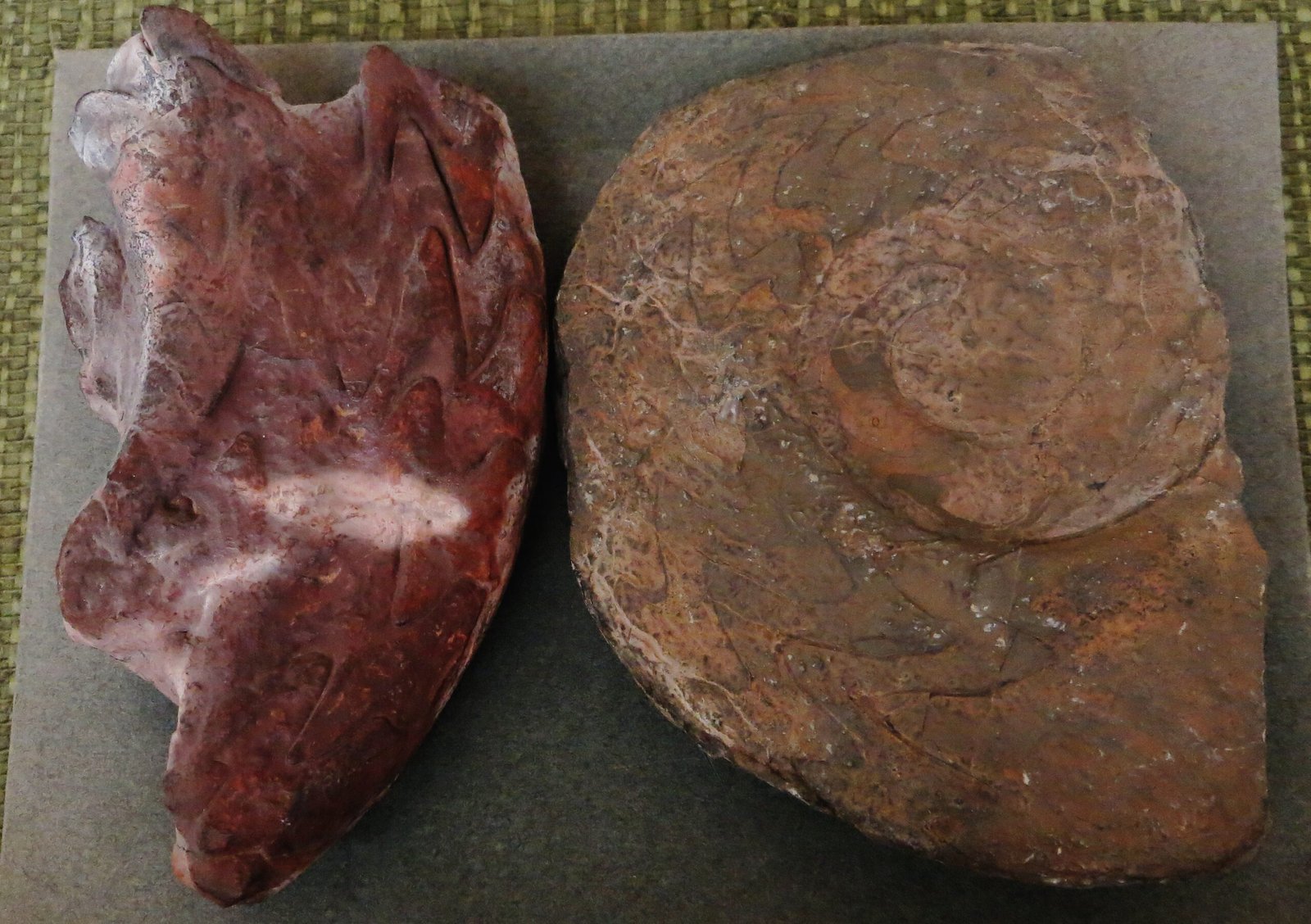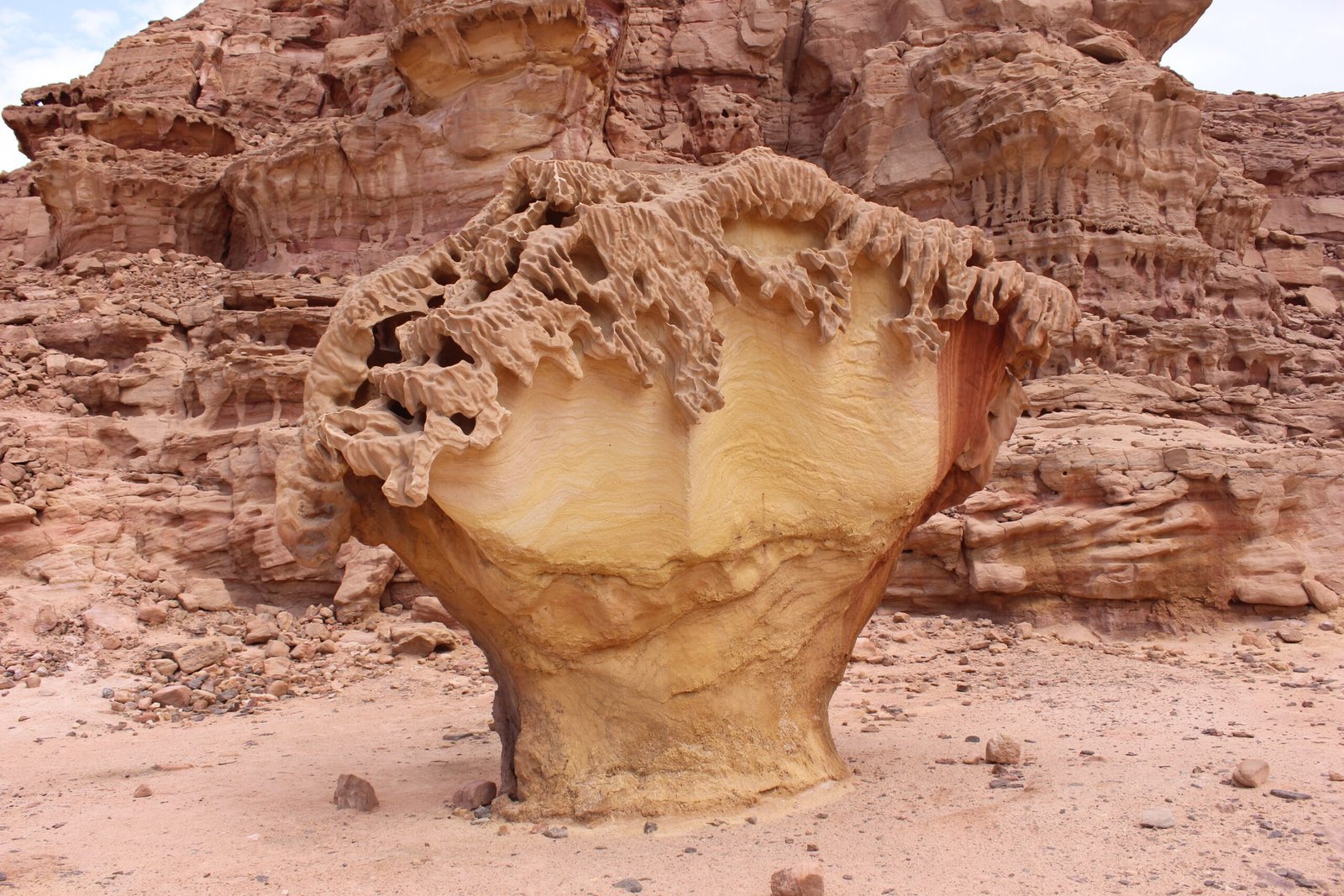Imagine standing in the heart of the Sahara Desert, surrounded by endless waves of golden sand, the sun blazing overhead. It’s difficult to believe, but beneath your feet lies evidence of a world utterly transformed—one where whales swam, giant sea monsters prowled, and lush marine life flourished. Fossils deep under the Sahara’s sands tell a dramatic story: this desert, now a symbol of arid extremes, was once the bed of a vast and vibrant ocean. The story of the Sahara’s watery past is as astonishing as it is inspiring—a tale of lost worlds waiting to be discovered beneath the world’s hottest desert.
The Geological Mystery Beneath the Sand
The endless dunes of the Sahara hide a secret that has only recently come to light. For centuries, travelers believed the desert had always been dry and lifeless. However, geologists and paleontologists now know that millions of years ago, the region was covered by an immense ocean known as the Tethys Sea. Layers of limestone, sandstone, and ancient seabed sediments buried deep within the desert are direct evidence of this oceanic past. By studying the rock formations and mineral deposits, scientists have pieced together a vivid picture of a lush, watery world that predates any human memory.
Unearthing Ocean Giants: The Fossil Record

Fossils discovered in the Sahara have stunned researchers and rewritten the region’s history. In places like Egypt’s Fayum Depression and Morocco’s Kem Kem beds, paleontologists have uncovered the remains of massive sea creatures—some as large as buses. Bones of ancient whales, giant sea snakes, and formidable predatory fish reveal a thriving ecosystem teeming with life. One of the most astonishing finds is the Basilosaurus, a gigantic, snake-like whale that once ruled these ancient seas. These fossils are more than just bones; they are windows into a world where the Sahara was alive with marine giants.
Whales in the Desert: The Valley of the Whales

Perhaps the most famous site of all is Wadi Al-Hitan, or the Valley of the Whales, in Egypt. This UNESCO World Heritage site is a graveyard for prehistoric whales, where perfectly preserved skeletons lie exposed on the desert floor. The fossils here include not just bones, but entire skeletons showing the transition from land-dwelling mammals to fully aquatic whales. The sheer number and quality of fossils make Wadi Al-Hitan a living museum, giving scientists and visitors alike a direct link to the Sahara’s aquatic past. The discovery of tiny hind limbs on some whales here has even helped solve evolutionary mysteries.
The Creatures That Once Called the Sahara Home
The ancient sea that covered the Sahara was home to a dazzling array of creatures. Besides whales, there were armored fish, giant turtles, and the fearsome mosasaurs—marine reptiles with jaws powerful enough to crush bone. Crocodile-like predators patrolled the shallows, while schools of fish darted through coral reefs. The diversity of life was staggering, rivaling even today’s richest marine habitats. Each fossil discovery adds a piece to the puzzle, painting a picture of a lost world of extraordinary biodiversity.
How Did the Ocean Disappear?
The transformation from ocean to desert was not sudden, but the result of profound geological changes. Over millions of years, the African and Eurasian tectonic plates collided, causing the Tethys Sea to shrink and eventually vanish. As the continents shifted and mountains rose, the climate grew drier, and the ocean slowly receded. Rivers dried up, vegetation vanished, and sand began to pile up where water once flowed. This gradual but relentless process turned a thriving marine paradise into the vast, arid expanse we see today.
Traces of Ancient Shorelines
If you look closely at certain parts of the Sahara, you can still spot the ghostly outlines of ancient shorelines. Satellite images reveal patterns in the sand that once marked beaches and lagoons. In some places, fossilized shells and marine sediments lie scattered across the surface, far from any modern sea. These remnants are silent witnesses to the Sahara’s watery past, offering clues to scientists about how the landscape has evolved. They are the fingerprints of an ocean lost to time.
The Sahara’s Fossils and Human History

The Sahara’s ancient fossils haven’t just fascinated scientists—they have shaped human history as well. Early people living in what is now the desert stumbled upon the bones of strange, giant creatures. Some believe these discoveries inspired myths of dragons and sea monsters that linger in local folklore. Even today, fossil hunting in the Sahara continues to be a source of wonder, drawing adventurers and researchers from around the world. The desert’s buried treasures connect us to a time before civilization, reminding us of the ever-changing face of our planet.
The Importance of Paleontological Discoveries

The fossils of the Sahara are more than just scientific curiosities—they are crucial to understanding Earth’s history. Each discovery sheds light on how life adapts to changing environments, how continents move, and how entire ecosystems can rise and fall. Studying these fossils helps scientists predict how current climate changes might shape the future of our planet. The Sahara’s ancient ocean is a reminder of nature’s power to transform and of the resilience of life in the face of change.
The Modern Desert: A Landscape Shaped by Water

Even though the Sahara is now defined by its dryness, water still plays a vital role in shaping the land. Occasional rainstorms carve out dramatic canyons, while underground rivers and aquifers hint at the region’s watery ancestry. Some of the world’s largest oases are fed by water trapped beneath the desert, remnants of the ancient sea that once covered this vast expanse. The legacy of the ocean lingers, influencing everything from local wildlife to human settlements.
What the Sahara’s Ocean Past Teaches Us
The story of the Sahara’s ancient ocean is a powerful reminder of Earth’s dynamic nature. It challenges our assumptions about permanence and change, showing that even the most desolate places can have a rich, surprising history. As climate change accelerates today, the Sahara’s transformation from ocean to desert stands as both a warning and an inspiration. It teaches us to look beneath the surface, to search for hidden stories, and to remember that the world as we know it is always evolving.



